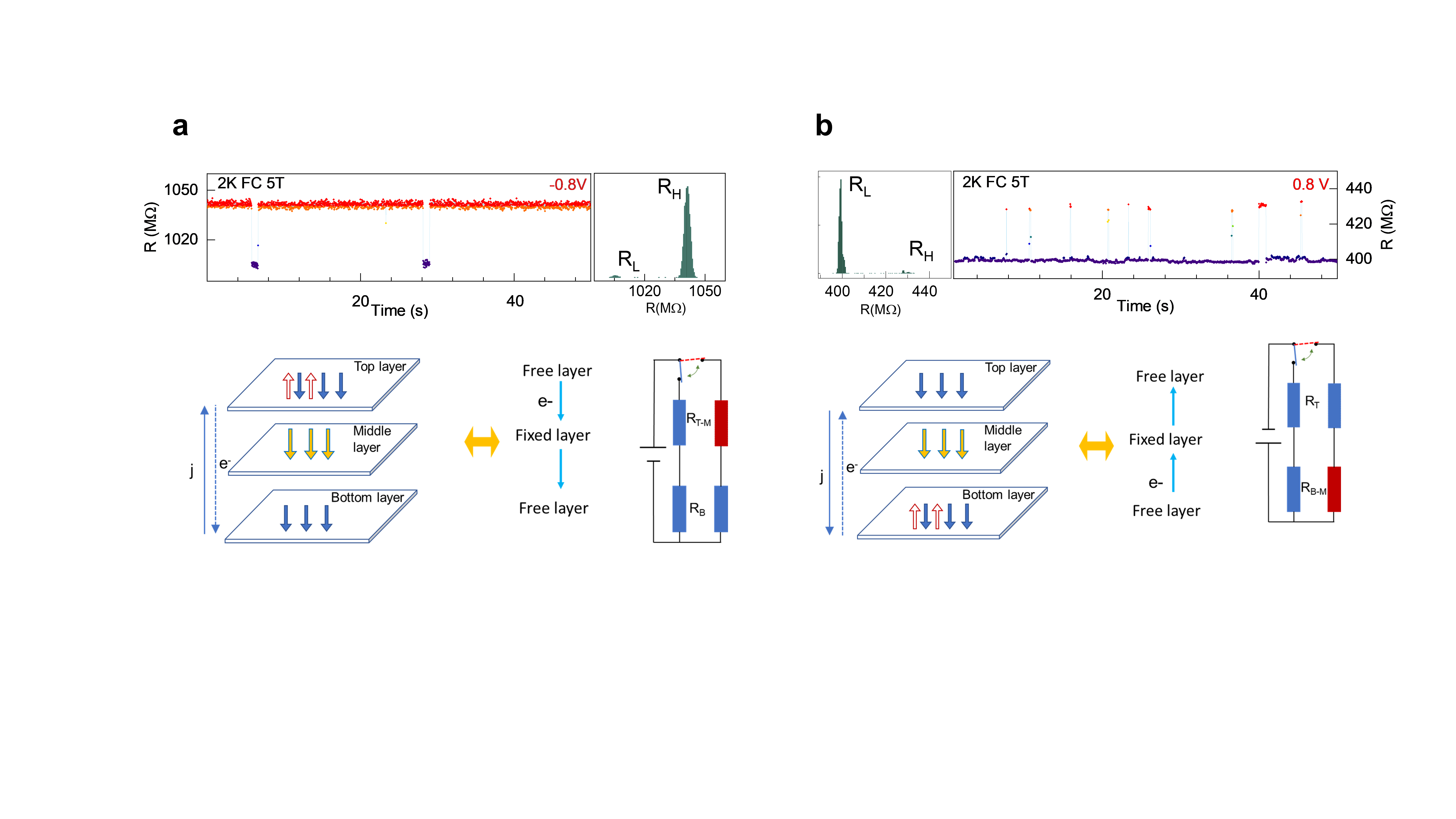주메뉴
- About IBS 연구원소개
-
Research Centers
연구단소개
- Research Outcomes
- Mathematics
- Physics
- Center for Theoretical Physics of the Universe(Particle Theory and Cosmology Group)
- Center for Theoretical Physics of the Universe(Cosmology, Gravity and Astroparticle Physics Group)
- Center for Exotic Nuclear Studies
- Center for Artificial Low Dimensional Electronic Systems
- Center for Underground Physics
- Center for Axion and Precision Physics Research
- Center for Theoretical Physics of Complex Systems
- Center for Quantum Nanoscience
- Center for Van der Waals Quantum Solids
- Chemistry
- Life Sciences
- Earth Science
- Interdisciplinary
- Center for Neuroscience Imaging Research(Neuro Technology Group)
- Center for Neuroscience Imaging Research(Cognitive and Computational Neuroscience Group)
- Center for Algorithmic and Robotized Synthesis
- Center for Genome Engineering
- Center for Nanomedicine
- Center for Biomolecular and Cellular Structure
- Center for 2D Quantum Heterostructures
- Center for Quantum Conversion Research
- Institutes
- Korea Virus Research Institute
- News Center 뉴스 센터
- Career 인재초빙
- Living in Korea IBS School-UST
- IBS School 윤리경영


주메뉴
- About IBS
-
Research Centers
- Research Outcomes
- Mathematics
- Physics
- Center for Theoretical Physics of the Universe(Particle Theory and Cosmology Group)
- Center for Theoretical Physics of the Universe(Cosmology, Gravity and Astroparticle Physics Group)
- Center for Exotic Nuclear Studies
- Center for Artificial Low Dimensional Electronic Systems
- Center for Underground Physics
- Center for Axion and Precision Physics Research
- Center for Theoretical Physics of Complex Systems
- Center for Quantum Nanoscience
- Center for Van der Waals Quantum Solids
- Chemistry
- Life Sciences
- Earth Science
- Interdisciplinary
- Center for Neuroscience Imaging Research(Neuro Technology Group)
- Center for Neuroscience Imaging Research(Cognitive and Computational Neuroscience Group)
- Center for Algorithmic and Robotized Synthesis
- Center for Genome Engineering
- Center for Nanomedicine
- Center for Biomolecular and Cellular Structure
- Center for 2D Quantum Heterostructures
- Center for Quantum Conversion Research
- Institutes
- Korea Virus Research Institute
- News Center
- Career
- Living in Korea
- IBS School
News Center
Researchers Discover a Potential Application of Unwanted Electronic Noise in Semiconductors- Random telegraph noises in vanadium-doped tungsten diselenide can be tuned with voltage polarity - Random Telegraph Noise (RTN), a type of unwanted electronic noise, has long been
a nuisance in electronic systems, causing fluctuations and errors in signal processing. High contact resistance in lateral devices usually limits the manifestation of inherent quantum states and further degrades the device’s performance. To overcome these limitations, the researchers introduced a vertical magnetic tunneling junction device by sandwiching a few layers of V-WSe2, a magnetic material, between the top and bottom graphene electrodes. This device was able to manifest inherent quantum states such as magnetic fluctuations and achieve high-amplitude RTN signals, even with a small vanadium doping concentration of just ~0.2%. Dr. Lan-Anh T. NGUYEN, the first author of the study said, “The key to success is to realize large magnetic fluctuations in resistance by constructing vertical magnetic tunneling junction devices with low contact resistance.” Through the resistance measurement experiments using these devices, the researchers observed RTNs with a high amplitude of up to 80% between welldefined two-stable states. In the bistable state, the magnetic fluctuations in resistance prevail with temperature through the competition between intralayer and interlayer coupling among the magnetic domains. They were able to identify this bistable magnetic state through discrete Gaussian peaks in the RTN histogram with distinctive features in the noise power spectrum. Most importantly the researchers discovered the ability to switch the bistable magnetic state and the cut-off frequency of the RTN simply by changing the voltage polarity. This exciting discovery paves the way for the application of 1/2 noise spectroscopy in magnetic semiconductors and offers magnetic switching capability in spintronics. “This is a first step to observe the bistable magnetic state from large resistance fluctuations in magnetic semiconductors and offers the magnetic switching capability with 1/f2 noises by means of simple voltage polarity in spintronics”, explained Professor Lee.
Notes for editors
- References
- Media Contact
- About the Institute for Basic Science (IBS)
|
| before | |
|---|---|
| before |
- Content Manager
- Public Relations Team : Yim Ji Yeob 042-878-8173
- Last Update 2023-11-28 14:20












